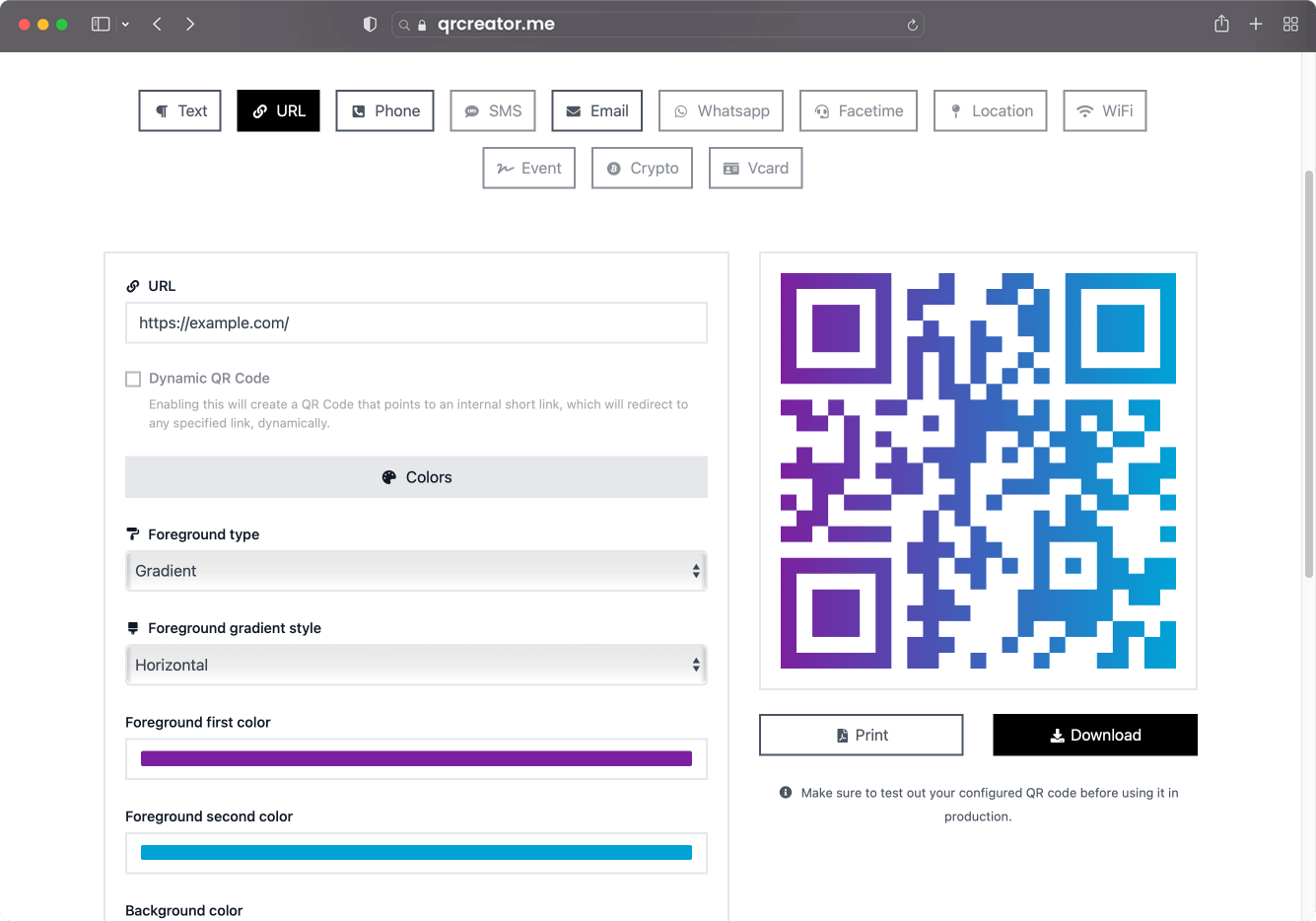QR codes have become an increasingly popular marketing tool for businesses and individuals alike. These codes can be scanned by smartphones and other mobile devices, providing instant access to information, websites, and promotions.
What are QR Codes?
QR codes, or Quick Response codes, are two-dimensional barcodes that can be scanned by mobile devices. They were first developed by a Japanese company in 1994 and have since become widely used around the world. QR codes can be used to link to websites, display text, and even make purchases.
What is a Static QR Code?
A static QR code is a code that contains a fixed URL or other information. Once the code is printed or displayed, the information it contains cannot be changed. Static QR codes are often used for simple purposes, such as linking to a website or displaying contact information. They are easy to create and can be printed on a variety of materials, from business cards to billboards.
The advantages of static QR codes are that they are easy to create, do not require a lot of technical expertise, and can be printed on a variety of materials. However, the main limitation of static QR codes is that they cannot be changed once they are printed. This means that if the URL or other information changes, a new code will need to be created and distributed.
What is a Dynamic QR Code?
A dynamic QR code is a code that contains a URL or other information that can be changed after the code is printed or displayed. Dynamic QR codes are often used for more complex purposes, such as tracking user engagement or displaying different information based on the user's location or device. Dynamic QR codes are created using specialized software and require more technical expertise than static QR codes.
The advantages of dynamic QR codes are that they can be updated after they are printed, allowing for greater flexibility and customization. Dynamic QR codes can also be used to track user engagement, providing valuable data for marketers and businesses. Additionally, dynamic QR codes can be used to display different information based on the user's location or device, making them a powerful tool for targeted marketing campaigns.
Comparing Static and Dynamic QR Codes:
Static and dynamic QR codes have some similarities, such as the ability to link to websites and display information. However, there are also some key differences between the two types of codes. Static QR codes are simpler to create and can be printed on a variety of materials, but they cannot be changed once they are printed. Dynamic QR codes require more technical expertise and specialized software, but they can be updated after they are printed and can provide valuable data for marketers and businesses.
Choosing Between Static and Dynamic QR Codes:
The choice between static and dynamic QR codes depends on the user's needs and objectives. If the information being displayed is simple and not likely to change, a static QR code may be the best option. If the information is more complex or likely to change, a dynamic QR code may be a better choice. Additionally, if the user wants to track user engagement or display different information based on the user's location or device, a dynamic QR code is the only option.
How to Generate Static and Dynamic QR Codes:
Generating both static and dynamic QR codes is easy using online platforms such as QR code generators. These platforms allow users to create custom QR codes with different designs, colors, and sizes. Users can also choose between static and dynamic QR codes depending on their needs.
In conclusion, understanding the difference between static and dynamic QR codes is crucial for anyone looking to use QR codes effectively. Static QR codes are simple to create and can be printed on a variety of materials, but they cannot be changed once they are printed. Dynamic QR codes require more technical expertise but can be updated after they are printed and can provide valuable data for marketers and businesses. Choosing the right type of QR code depends on the user's needs and objectives, and both static and dynamic QR codes can be easily generated using online platforms. If you're interested in creating your own QR codes, try our platform to generate both static and dynamic codes. Experiment with different designs, colors, and sizes to find the perfect QR code for your needs.
